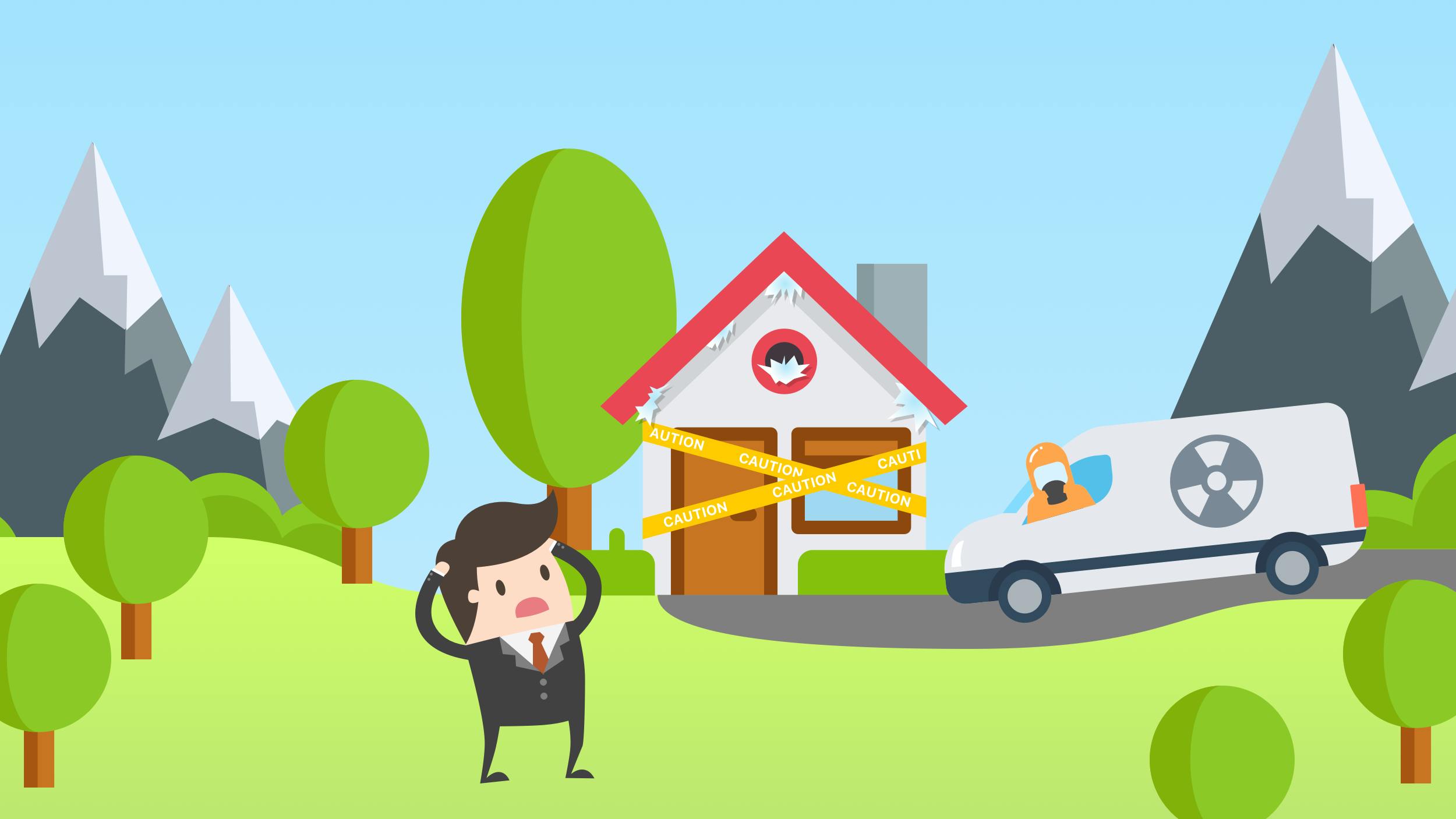
Asbestos was long regarded as a valuable construction material. Not only is it resistant to heat, fire and chemicals, it doesn't dissolve or evaporate in water, meaning that there are very few environmental factors that will cause it to significantly break down. Unfortunately, it also proved to be incredibly hazardous.
The unregulated use of asbestos prior to the 1980's left millions of workers and homeowners unprotected. Because symptoms of exposure aren't immediate and only appear years after contact with the material, the dangers of asbestos went unnoticed for many years. It is estimated that peak mortality rates from diseases and illnesses linked to asbestos exposure will occur between 2010 and 2020.
The Mesothelioma + Asbestos Awareness Center (MAAC) and Asbestos Disease Awareness Organization (ADAO) are dedicated to bringing the dangers of these materials to the forefront of occupational health and safety. By offering support and legal advice to people suffering from mesothelioma and other asbestos related diseases, these two organizations aim to educate workers and their families about the dangers of asbestos and how to prevent them.
What is asbestos?
Asbestos is not one, but six different mineral based fibers that were commonly used in building materials, heating systems and furnaces, and insulation. The use of asbestos was first banned by 39 countries, including the European Union, in 1983. Canada followed suit in 2016, stating that all asbestos usage and products would be banned by 2018. Despite a short ban between 1989 and 1991, asbestos is still widely used in the US.
However, bans and regulations in new buildings and products doesn't mean that exposure to asbestos is a thing of the past. Many buildings built prior to the 1980s still contain asbestos, and it is often discovered in the middle of home or commercial renovations.
When disturbed, the dry and fragile fibers can crumble or disintegrate into the air and get breathed into your lungs, which, over time, can lead to many types of lung disease.
What are the risks associated with asbestos?
While asbestos exposure can lead to a variety of lung diseases and cancers, it is the only known cause of mesothelioma, a rare form of cancer that begins to show symptoms up to 50 years after coming in contact with the toxic material.
Mesothelioma is an aggressive cancer of the linings of the lungs and abdomen that occurs when asbestos fibers are inhaled or swallowed and penetrates the walls of the lungs or stomach. While diagnosis is often difficult, surgery, chemotherapy and radiation are the most common forms of treatment for mesothelioma, whether it is caught early enough to be curative, or is provided as a palliative measure to ease discomfort in the last stages of the disease.
Are you at risk?
Just because you live or work in an older building does not immediately put you at risk for mesotehlioma or other asbestos related illnesses. If asbestos is contained and undisturbed in the walls, ceilings or floors, it is virtually harmless. However, once it is airborne, you are exposed.
Construction and shipyard workers are considered to be at the highest risk of exposure, simply because of the nature of their work. In the US, asbestos is still widely found in roofing materials, insulation, certain sheetrock and plasters, as well as some siding and panels. In Canada and Europe, work on buildings pre-dating the 1980s often uncovers asbestos.
If you are planning renovations to your home or office, it is recommended that you have a professional test for asbestos prior to beginning any work, especially if it involves demolishing walls, ripping up floors or working in the attic. If any asbestos is found, it should be removed by an expert before any other renovation work takes place.
Know your rights!
Diseases and illnesses related to asbestos exposure, such as mesothelioma, are covered by a number of compensation options, such as Workers' Compensation, veterans’ benefits, trust funds and legal action. Lawyers specializing in mesothelioma cases can guide you to the option that is best suited to your unique circumstances.
If you or someone you know has been impacted by the effects of asbestos and you aren't sure how to proceed, you can reach out to the MAAC and the ADAO for support, advice, and a number of other helpful resources to the victims and families of asbestos related diseases.
Workhub provides a complete health and safety compliance software that allows easy management of training, procedures, policies, inspections, and more, centralized in one easy-to-use hub.
Still have questions?
Let our knowledgeable sales team give you a full product tour and answer any specific questions you may have.
Workhub Internal